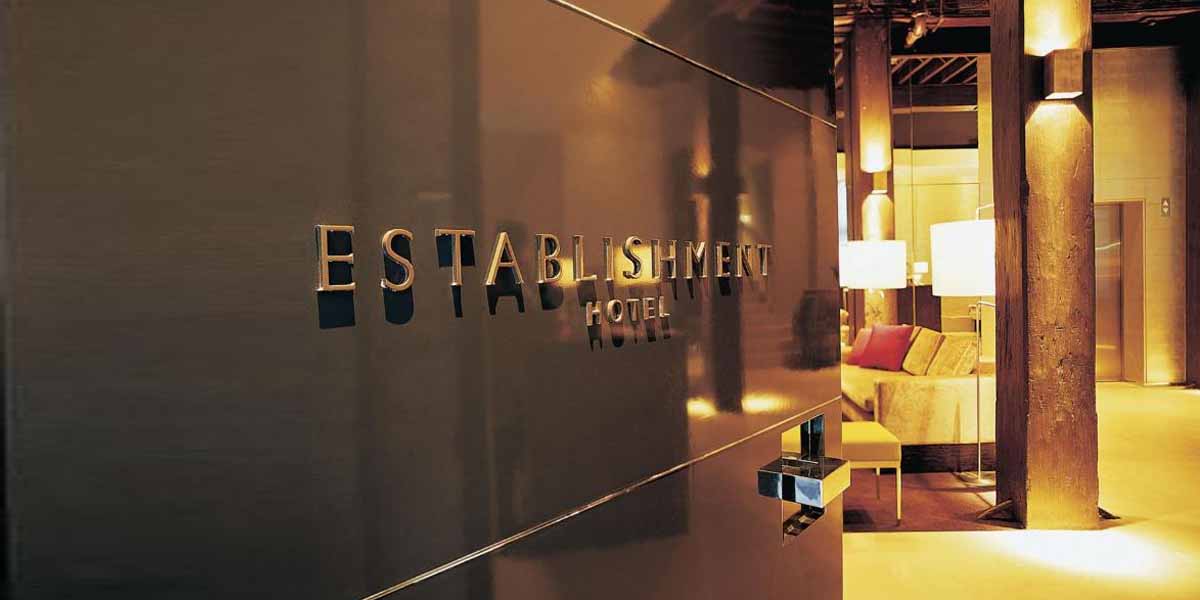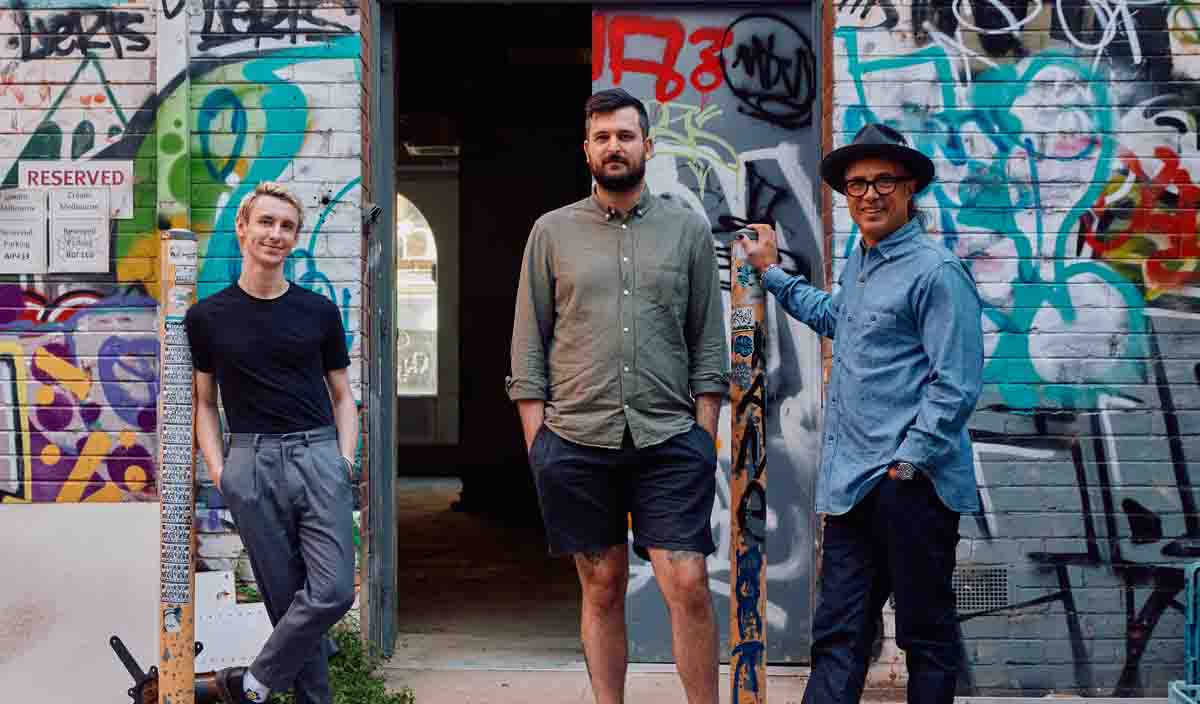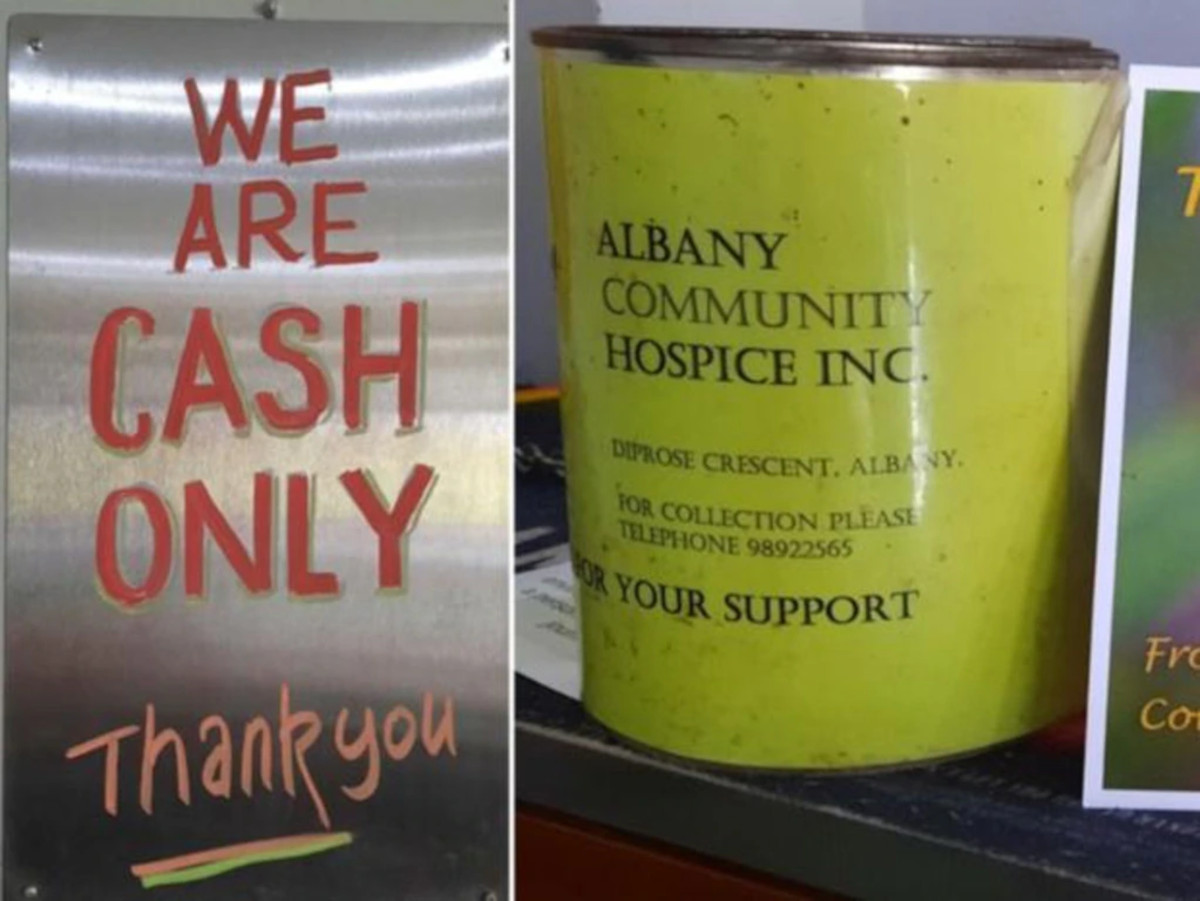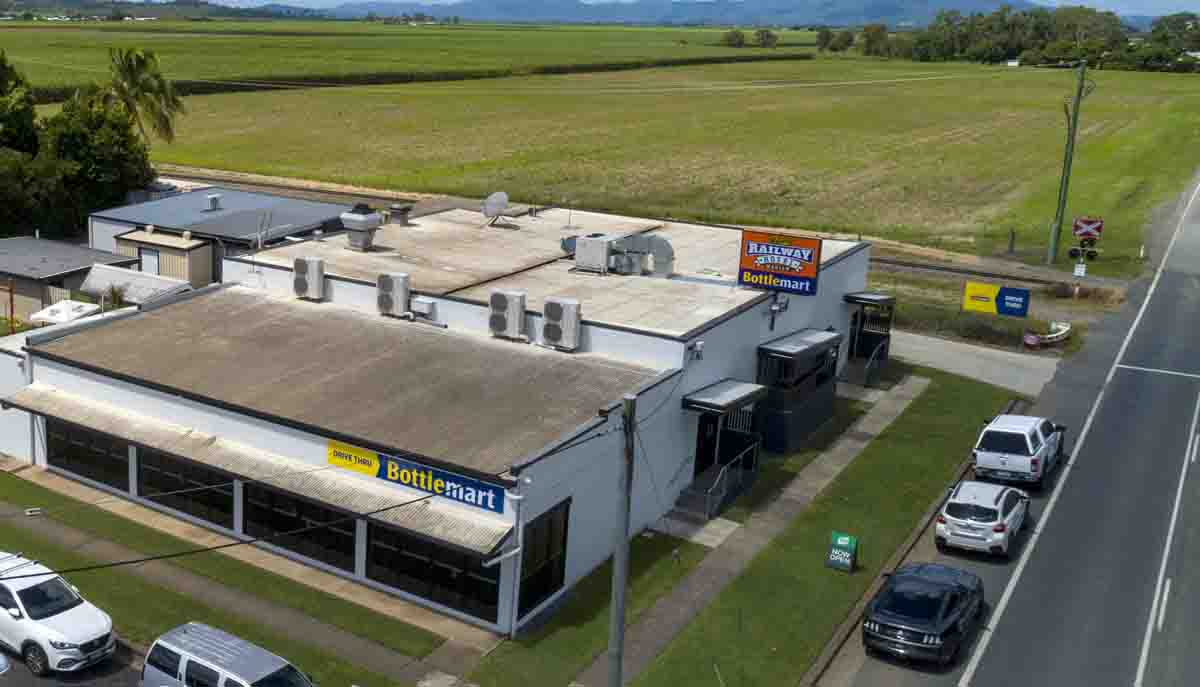This week North Sydney Council became the first in New South Wales to ban all smoking outdoors, bringing new challenges for pubs and people indulging in a legal activity.
Following consideration and submissions from stakeholders and the general public, North Sydney Council (NSC) voted to bring a total smoking ban to the North Sydney CBD. The precinct is the State’s second-largest business district, offering a proximate alternative to south of the Bridge, with thousands of workers commuting to its high-rise office buildings every day.
A local study found that 80 per cent of North Sydney residents supported the ban.
The motion was spurred on by initiatives from the Heart Foundation, which guided NSC, and is currently working with other jurisdictions around the country, including City of Melbourne.
Tamworth Council has already introduced smoke-free zones, and Hobart City Council, also working with the Heart Foundation, will be expanding the smoking ban in Hobart CBD next year.
Counties across the USA are entertaining stricter smoking laws, and some have already begun outdoor smoking bans. Comparable to many licensed venues in Australia, Nevada is notably more lenient, with a general ban on smoking in public places and places of employment, but exemptions for bars, casinos, strip clubs, brothels, and tobacco stores.
Smoking is clinically proven to be a leading cause of heart disease and respiratory illnesses. Heart disease claims over 50 Australians every day.
Advocates for the ban suggest the laws, which protect the public from second-hand smoke, also help smokers to quit, and “de-normalise” the behaviour.
In an interview with 2GB’s Steve Price, North Sydney Mayor Jilly Gibson offered that smokers coming to the area to work can smoke at home.
She also noted the problem with cigarette butt litter, claiming the ban will result in “a cleaner CBD and a healthier CBD”.
But unlike NSC’s decades-old war on litter, which brought about the removal of all public rubbish bins in the 80s, forcing people to take refuse with them elsewhere, the prejudice against smokers does not account for the struggles of addiction.
While burger wrappers and even cigarette butts can easily be managed properly, denying a smoker avenue for management of their addiction has been likened to more draconian societies.
Peter Calligeros, owner of North Sydney’s iconic Rag & Famish Hotel, and President of the Harbourside Liquor Accord, was one of the 577 submissions to NSC, offering perspective on how the new rule would affect licensed venues.
Tobacco is a legal product, utilised by around 15 per cent of the population. Its preclusion in North Sydney would likely deter smokers from coming into the precinct to socialise, or at least from staying as long when they realised smoking was not allowed.
“This puts hospitality businesses within the smoking ban zone at a competitive disadvantage vis-à-vis those in neighbouring precincts,” says Calligeros.
Countering the suggestion that venues with smoking facilities may benefit from the ban, he suggests it is not their job to be the designated smoking area for North Sydney CBD smokers.
“Those venues should not be placed in a position where they are seen to be the only viable option for smokers within the CBD, and be forced to deal with the entry and exit of smokers from the street or other venues, many of whom will not purchase anything during their visit.”
It was also noted that the pilgrimage of smokers that have been drinking to find a legal place to indulge could place them or others at greater risk, and that there would be a clear disparity with the availability of tobacco for purchase but not consumption.
For the immediate future, council rangers will not fine people breaching the ban. Instead, NSC will “educate” them on the new rules, erecting signs throughout the area, and according to Mayor Gibson, encouraging “everyone in the community” to be involved in the policing.
Harbourside liquor accord offered suggestions to mitigate the problems, beginning with greater consultation with businesses likely to be impacted, such as pubs, or potentially limiting the ban to working hours only, ending at perhaps 6pm, prior to evening patronage.
In the absence of these considerations, Calligeros suggests proper public areas could be a workable solution.
“Designating small, clearly marked ‘smokers’ zones near hospitality venues may address issues related to those who consume alcohol and travel across roads and intersections.
“These zones, if properly signposted, could be easily avoided by members of the public who wish to do so.”
Critics fear the introduction of the outdoor smoking ban in North Sydney will be adopted at many more high-density areas across NSW.






